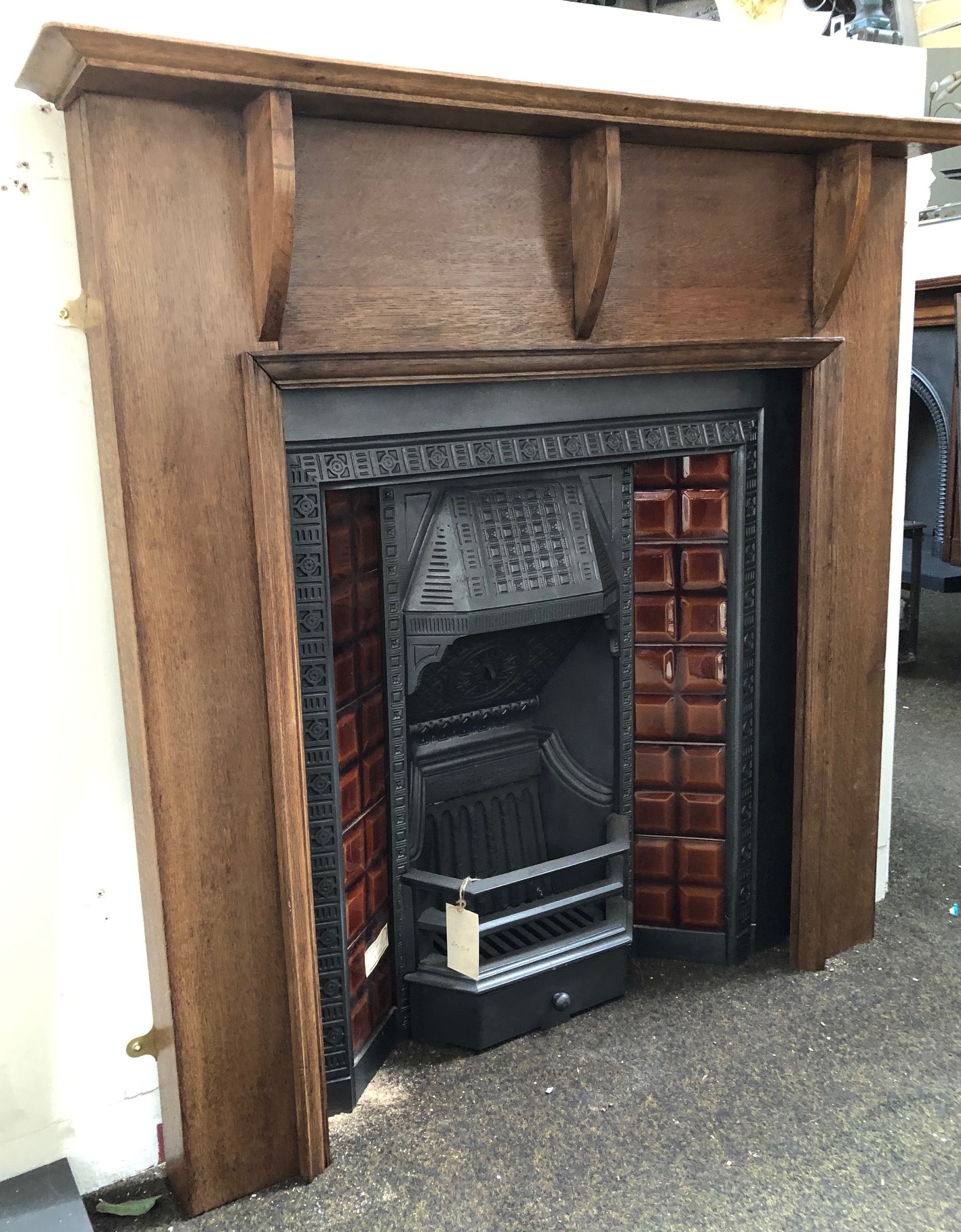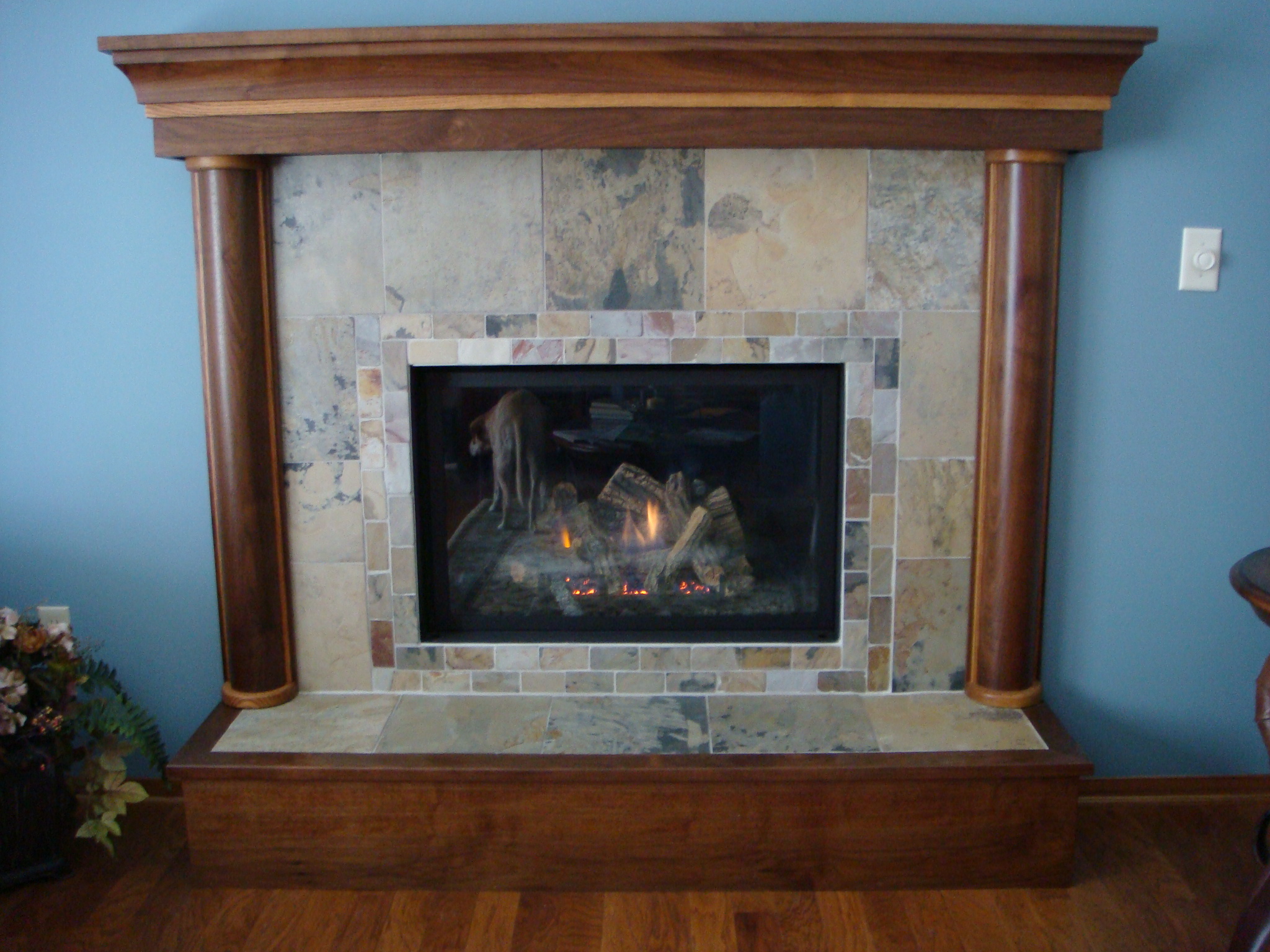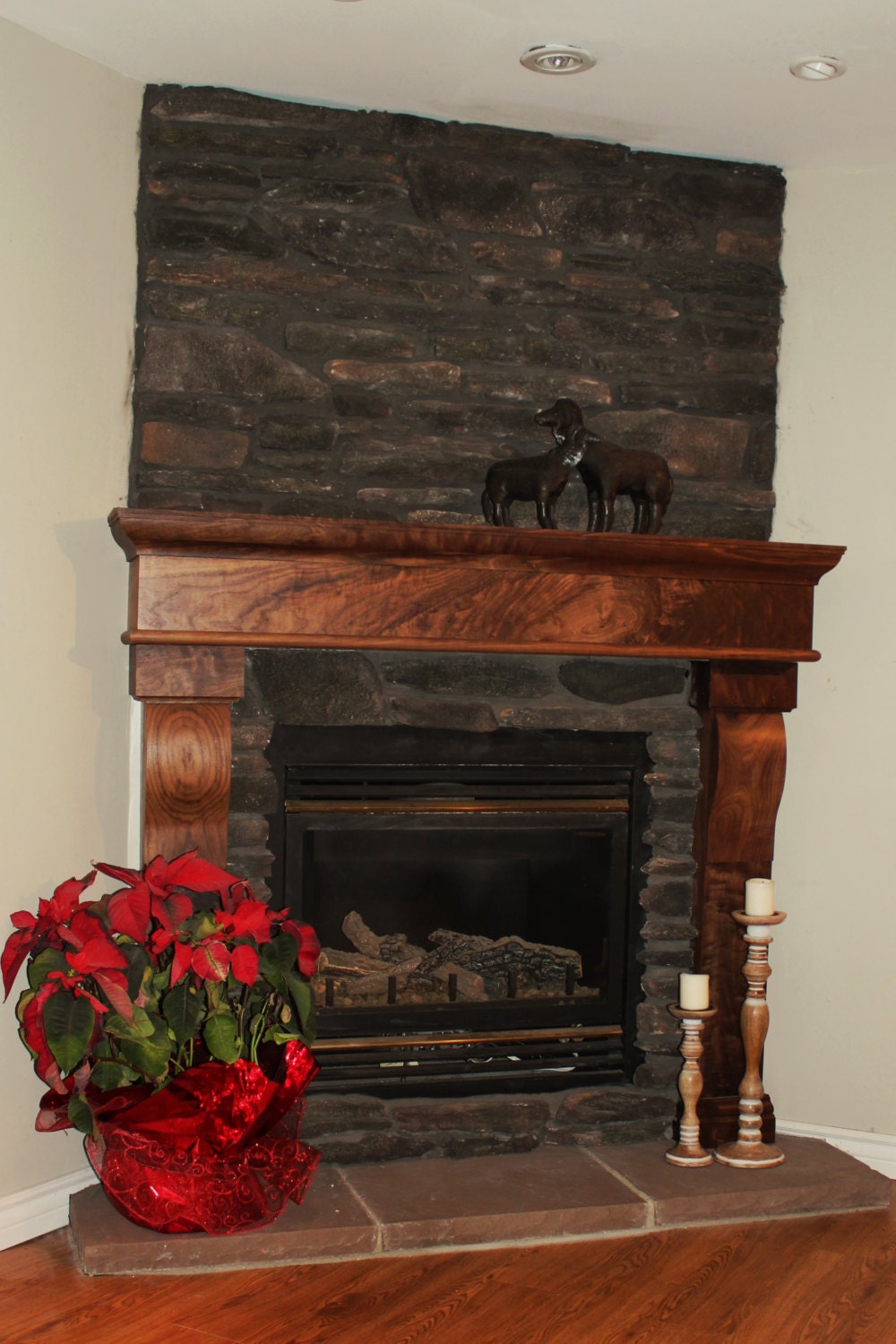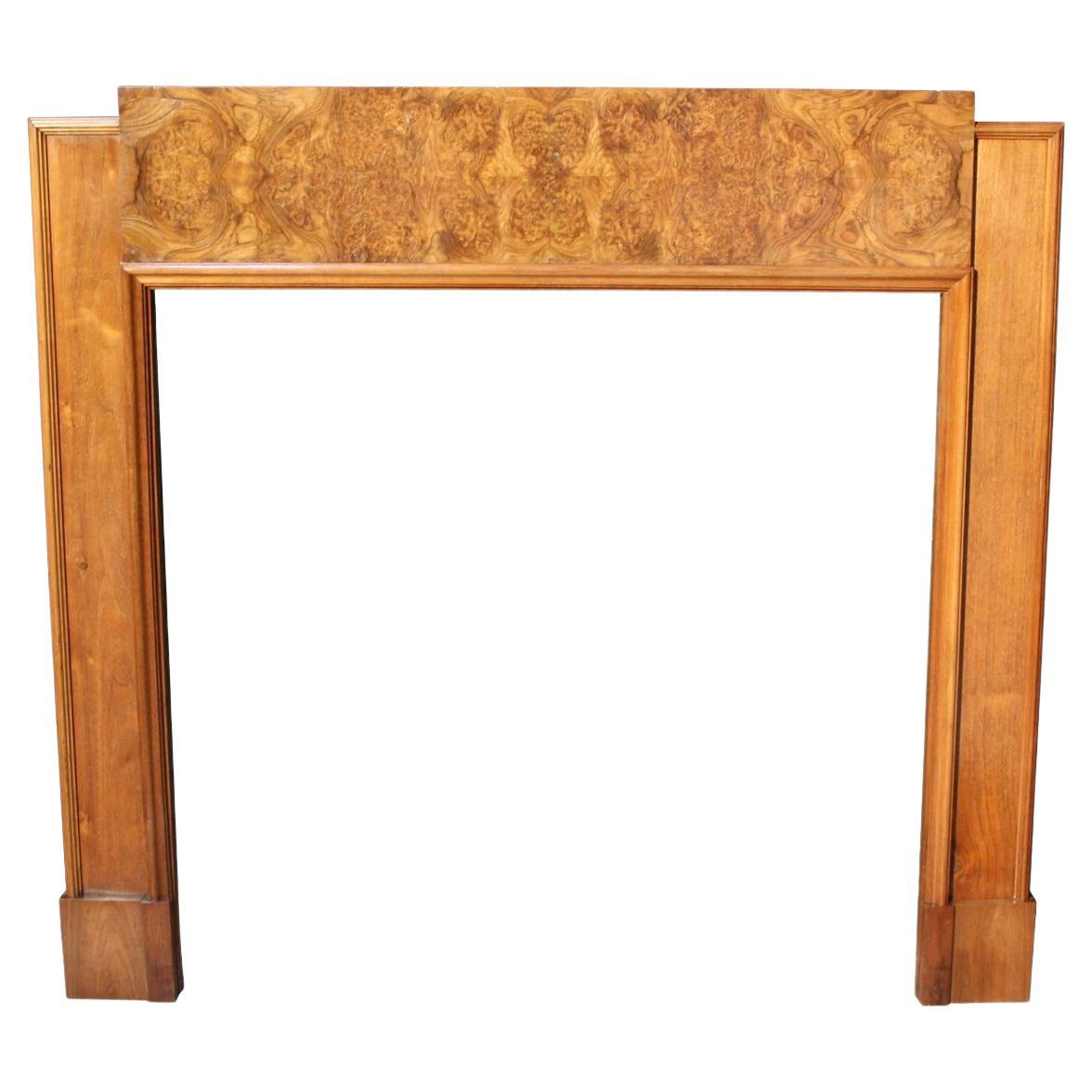A fireplace serves as the heart of a home, radiating warmth and creating a welcoming atmosphere. The surround—the frame around the fireplace—plays a crucial role in defining its style and character. A walnut fireplace surround offers a perfect blend of elegance, durability, and natural beauty, making it a popular choice for both traditional and modern interiors. Walnut’s rich, warm tones and distinctive grain patterns add depth and sophistication to any space. Whether you prefer a sleek, minimalist design or intricate craftsmanship, walnut provides versatility that complements various décor styles. Let’s discuss the key aspects of walnut fireplace surrounds to help you appreciate their value and make an informed choice.
The Natural Beauty of Walnut Wood
Walnut wood is prized for its deep, rich color and striking grain patterns, which range from straight to wavy or even curly. These natural variations ensure that each fireplace surround is unique, adding a one-of-a-kind element to your home. The wood’s warm brown hues, often with hints of chocolate or purple undertones, create a cozy and inviting ambiance. Over time, walnut develops a beautiful patina, enhancing its character without losing its original charm.
Unlike lighter woods that may fade or yellow, walnut maintains its sophisticated appearance with minimal upkeep. Its natural luster eliminates the need for excessive staining or painting, allowing the wood’s inherent beauty to shine. Many homeowners prefer a clear finish to highlight the grain, while others opt for a light stain to match specific décor themes. Either way, walnut’s timeless appeal ensures it never goes out of style.
The contrast between walnut and other materials, such as stone or metal, can create a stunning visual effect. Pairing a walnut surround with a white marble hearth, for example, balances warmth and elegance. Alternatively, combining it with blackened steel accents lends a modern, industrial edge. Walnut’s adaptability makes it easy to integrate into various design schemes while maintaining a focal point in the room.
Durability and Longevity of Walnut Fireplace Surrounds
Walnut is a hardwood known for its strength and resistance to wear, making it an excellent choice for a fireplace surround. Unlike softer woods, walnut can withstand the heat and occasional sparks that come with fireplace use without warping or cracking. Properly sealed and maintained, a walnut surround will last for decades, aging gracefully while retaining its structural integrity.
One of walnut’s key advantages is its stability. It resists shrinking and swelling better than many other woods, which is crucial in an environment with fluctuating temperatures. This stability ensures that joints and seams remain tight over time, preventing gaps or misalignment. For added protection, applying a heat-resistant finish can further shield the wood from extreme heat exposure.
While walnut is durable, it’s not indestructible. Regular maintenance, such as dusting and occasional polishing, helps preserve its finish. Avoid placing hot objects directly on the wood, and use a fireplace screen to minimize exposure to sparks. With proper care, a walnut surround will remain a stunning centerpiece in your home for years to come.

Design Versatility for Any Interior Style
Walnut’s neutral yet rich tones make it incredibly versatile, suiting everything from rustic farmhouses to contemporary lofts. For a traditional look, a carved walnut surround with intricate details adds old-world charm. In modern settings, a simple, slab-style walnut frame with clean lines creates a sleek, understated elegance.
The wood’s ability to take stains and finishes well allows for customization. A dark espresso stain can amplify walnut’s natural depth, while a light natural finish keeps the space airy and bright. Some designers even use walnut in combination with other materials, such as embedding metal inlays or pairing it with painted sections for contrast.
Because walnut works well with both warm and cool color palettes, it adapts easily to changing décor trends. Whether your home features bold, vibrant accents or muted, neutral tones, a walnut surround will harmonize effortlessly. Its ability to bridge classic and contemporary styles makes it a favorite among homeowners and designers alike.
Comparing Walnut to Other Popular Wood Choices
When selecting a fireplace surround, homeowners often consider woods like oak, cherry, or maple. Oak is durable and affordable but lacks walnut’s refined grain and rich color. Cherry offers a similar warmth but tends to darken significantly over time, which may not suit every design vision. Maple is lighter and more uniform but doesn’t provide the same visual interest as walnut’s varied grain.
Walnut strikes a balance between durability and aesthetics, offering a premium look without excessive maintenance. While it may be more expensive than some alternatives, its longevity and timeless appeal justify the investment. Unlike lighter woods, walnut doesn’t show scratches or dents as easily, making it ideal for high-traffic areas.
For those who love the look of exotic woods but prefer a domestic option, walnut is an excellent compromise. Its deep color rivals that of mahogany or teak, but it’s often more sustainable and easier to source locally. This makes walnut an eco-friendlier choice for environmentally conscious homeowners.
Installation and Customization Options
Installing a walnut fireplace surround can be a straightforward process, especially with pre-fabricated options. Many manufacturers offer standard sizes that fit common fireplace dimensions, though custom builds allow for a perfect fit in unique spaces. A professional carpenter can craft a surround tailored to your exact specifications, ensuring seamless integration with your existing architecture.
For DIY enthusiasts, walnut’s workability makes it a good choice. It cuts and sands smoothly, allowing for precise shaping and detailing. However, due to its density, proper tools and techniques are necessary to avoid splintering. Pre-finished panels can simplify the process, while unfinished walnut allows for on-site staining to match other woodwork in the room.
Customization extends beyond size and shape. Decorative elements like fluted columns, beveled edges, or recessed panels can elevate the design. Some homeowners opt for integrated shelving or mantels, adding functionality to the surround. With walnut’s adaptability, the possibilities are nearly endless.
Maintaining Your Walnut Fireplace Surround
Proper care ensures your walnut surround remains beautiful for years. Dusting regularly with a soft cloth prevents buildup that can dull the finish. For deeper cleaning, a slightly damp cloth followed by immediate drying works well—avoid excessive moisture, which can damage the wood.
Periodic application of furniture polish or beeswax restores luster and protects the surface. If the finish becomes worn, light sanding and reapplication of a protective sealant can revive its appearance. Always use products designed for hardwood to avoid damaging the wood’s natural properties.
To prevent heat damage, ensure the fireplace is properly ventilated and use a screen to block direct exposure to flames. Over time, minor scratches can blend into the wood’s patina, but deeper marks may require professional refinishing. With minimal effort, a walnut surround will continue to enhance your home’s warmth and style.
Fireplace Surround with Zebrawood, Walnut
Fireplace Mantles & Surrounds
Shiela Fireplace Shelf Mantel
Ashley Hearth Products 56.5-in W x 40.65-in H Black Walnut Asian
Walnut Fireplace Mantel Etsy Hong Kong
Art Deco Period Burr Walnut Fireplace Surround
Related Posts:









